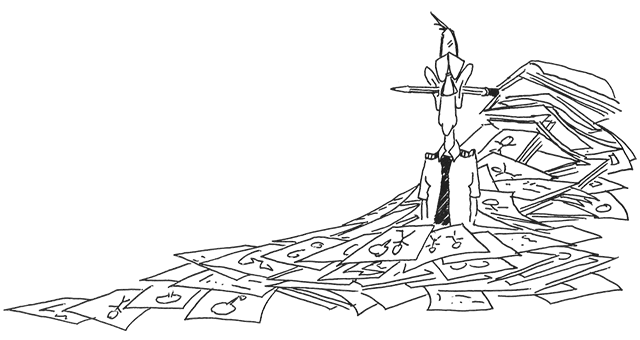When I first heard about this fantastic tale, I was in Air Command and Staff College as an Air Force major. The World War II story was about an American B-17 attempting to escape from Germany, and able to do so only because a chivalrous Messerschmitt Bf-109 pilot hesitated pulling the trigger and instead escorted the bomber back to safety. The B-17 was crippled after a bombing run, engines out, the tail and fuselage shot to pieces, unable to maintain altitude, all its guns frozen or jammed, and blood streaming from the tail gunner position. The ME-109 pilot was within a few points of achieving the “Knight’s Cross,” and downing this bomber would have garnered those points, achieving his lifelong ambition. And if all this wasn’t amazing enough, the entire story was hushed up by the U.S. Army Air Forces in fear that if bomber crews heard it, they might not be as zealous in defending themselves against German fighters. Wait . . . there’s more. The American B-17 pilot is reunited with the German ME-109 pilot 45 years later. I didn’t believe the story until I saw an interview between the two pilots. And through “A Higher Call” by Adam Makos, you can experience the journey of both pilots, from their early years learning to fly, their first experiences in aerial combat, the fateful flight, the aftermath, and their eventual reunion. This book does more to humanize aerial combat than any other that I’ve ever read.
— James Albright

Updated:
2024-09-09
The ME-109 pilot was Hans Stigler, who grew up in post-World War I Germany where the Versailles Treaty strictly limited the number of aircraft the nation was allowed to have. Stigler and his older brother, August, attended a Catholic boarding school where their teacher, Father Josef, had been a World War I fighter pilot. Father Josef taught both boys to fly using a homebuilt glider. Ten years later, Franz was flying for Lufthansa as an airline pilot, his education paid for by the government. Little did he know that the pilot school and the airline were the country’s way of preparing for an Air Force they were not allowed to have.
By 1943, Franz was a decorated German fighter pilot, with kills in Africa and Italy. Across the Atlantic, a 20-year-old West Virginian farm boy named Charlie Brown had become a Second Lieutenant B-17 pilot for the United States Army Air Forces. Charlie led his crew through training, knowing they would soon be thrown into the bloodiest part of the Air War over Europe. His crew became known as “The Quiet Ones.” On their first mission, flying “Y Olde Pub,” they refused to turn back, despite an engine that would run away for no apparent reason and had to be repeatedly shut down and restarted. The initial flak on the way to the target blasted a hole through the nose of the aircraft and cost them their number two engine. A minute before the target, the number four engine began to run away again. They dropped their bombs but with the loss of one engine and now a second, they began to drop out of formation. Then the fighters came.
Charlie Brown’s unconventional aerial combat style – flying directly to the attacking fighters – saved them from one attack after another. The fighters were confused. “The enemy fighters did not know how to react. The had never seen a ‘target’ attack them.” But there were too many of them. “The Pub dropped from the sky in a spin, accelerating as she passed through twenty-two thousand feet . . . twenty thousand . . . eighteen thousand . . . .”
Meanwhile, from a German airfield, Franz had just refueled after his own grueling air combat when the Air Defense radio blared that American bombers had been spotted in the area. Franz spotted The Pub. “There, several miles away, a B-17 flew toward them, so slow and so low it looked like it was coming in to land.”
I will leave you with just one more part of the story:
“Franz saw the bomber’s ball turret aim toward him so he climbed even with the bomber’s tail, above the ball turret’s line of sight. Because the bomber was alone, without the overlapping guns of a formation to protect it, Franz decided to attack it from behind. He throttled back to steady his approach and avoid overflying the slow, wounded machine. He worked the rudder and settled his Revi gun sight on the bomber’s tail, where he knew a tail gunner sat with two guns aiming back at him. He hovered his gloved index finger ahead of the trigger. Whoever fired first and straightest, Franz decided, was the man meant to live.”
That passage is on page 200 of my copy. There are still 182 pages to go, just as captivating. If you want to understand World War II, read this book. If you want to understand bomber and fighter tactics, read this book. And, most importantly, if you want to understand chivalry and the idea of “single combat,” read this book.

